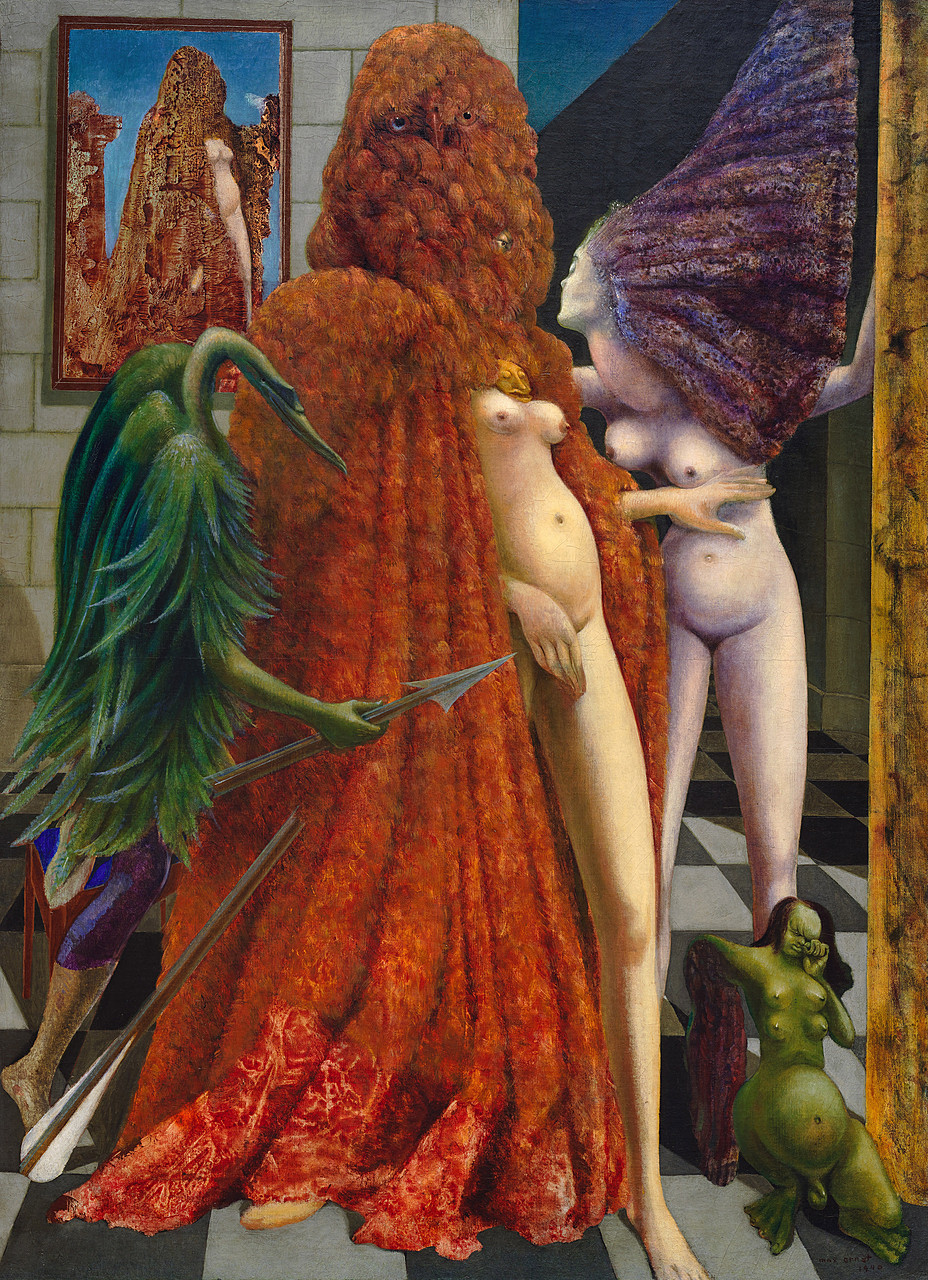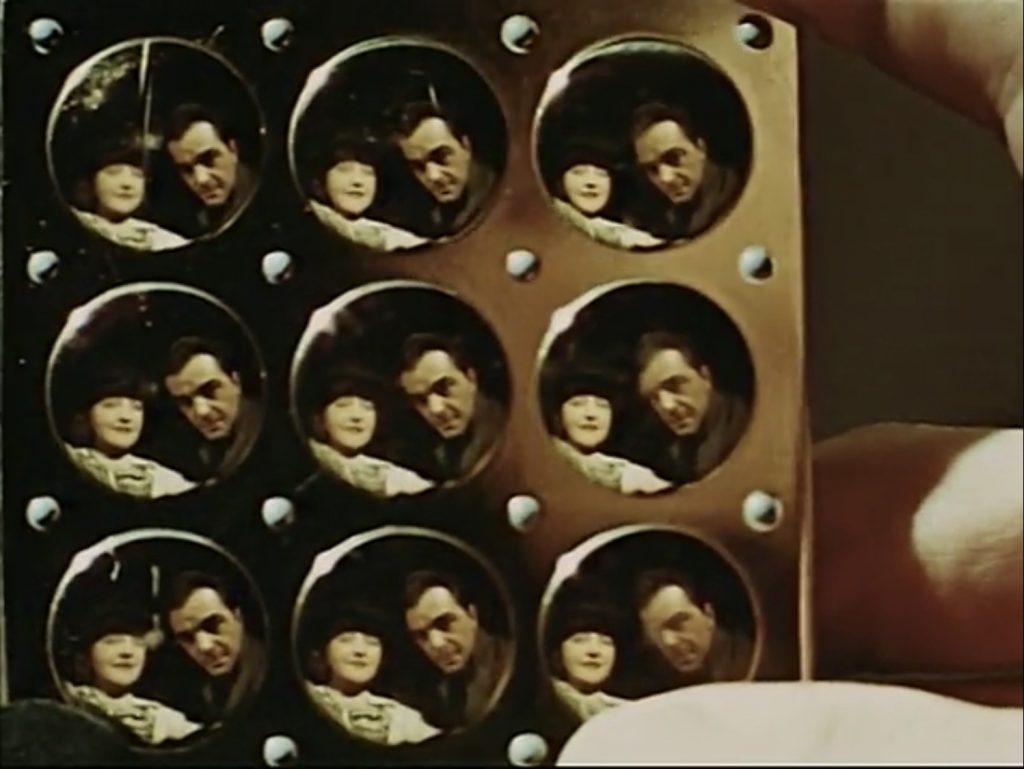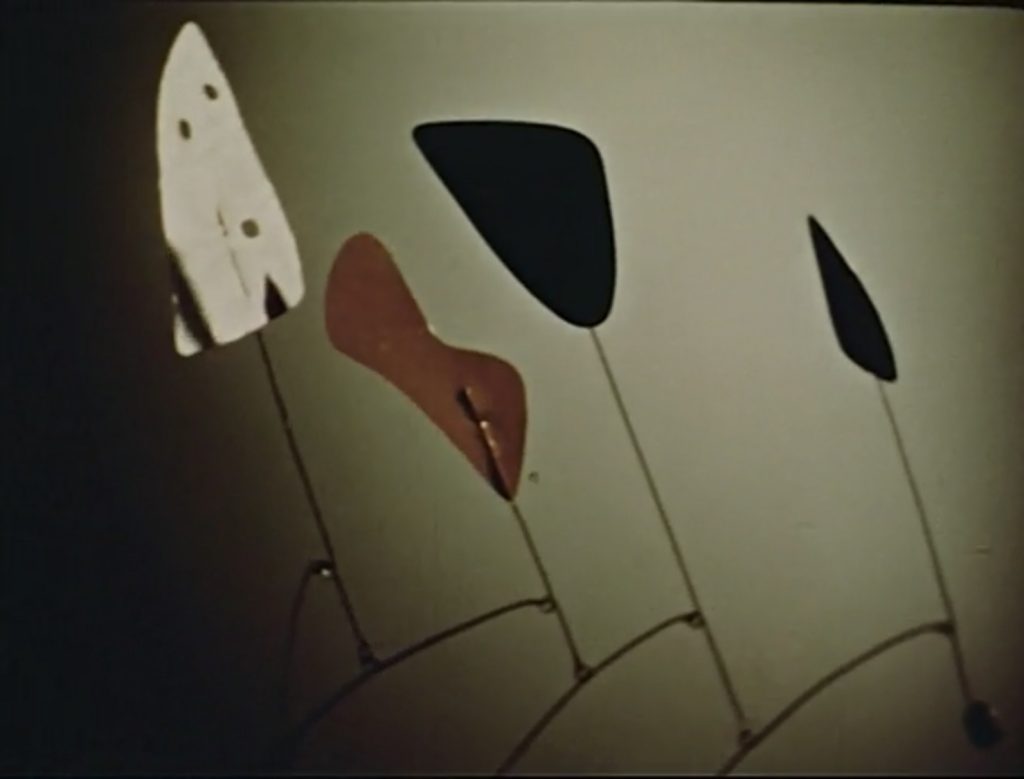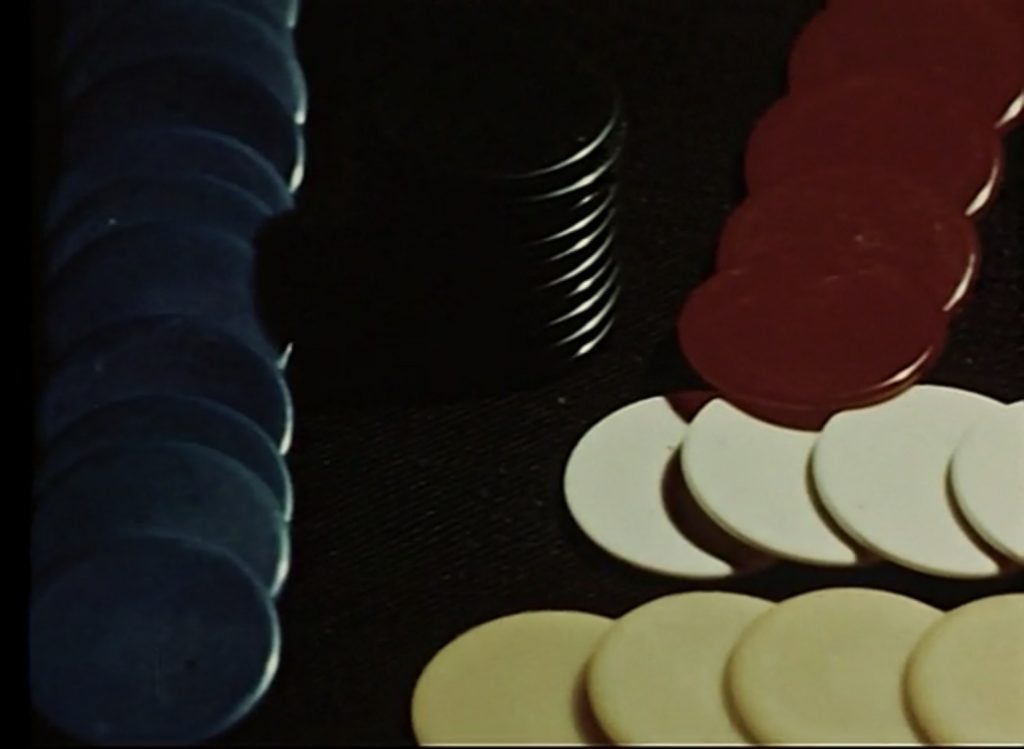Museums and Filming Locations in the Bridgerton Series
Bridgerton premiered on Netflix in December 2019, breaking viewership records. The show set in Regency London was filmed at various locations...
Jimena Escoto 22 July 2024
Dreams That Money Can Buy (1947) is a Dadaist portmanteau movie, an unknown cinematographic masterpiece combining surrealistic and experimental elements. It was produced by Peggy Guggenheim and directed by German avant-garde painter and Dada film-theorist Hans Richter, who brought together artists like Max Ernst, Man Ray, Marcel Duchamp, Alexander Calder, Fernand Léger, alongside musicians such as John Cage or Darius Milhaud. Each of the world-class artists, in collaboration with the composer, creates one of the movie’s seven dreams.

Everybody dreams. Everybody travels, sometimes into countries where strange beauty, wisdom, adventure, love expects him.
Dreams that money can buy, Hans Richter, 1947.
These words open the 1947 experimental movie Dreams That Money Can Buy. It was directed by Hans Richter, painter, graphic artist, avant-gardist, experimental cinema pioneer, and energetic member of the Dada movement. Richter’s color feature film is one of the key works of Surrealist cinema. It was made at a time when the art movement had been overwhelmed by the war in Europe but was finding a brief resurgence of interest in the United States.
Even though the budget for the movie was low, the production values are much higher because Richter managed to find artists such as Max Ernst, Man Ray, Marcel Duchamp, Alexander Calder, Fernand Léger, alongside musicians such as John Cage or Darius Milhaud.

The storyline seems on one hand mundanely realistic but on the other, the film’s language is an unconscious and oneiric experience. Joe, the film’s protagonist, is an ordinary man who has signed a lease on a room. In order to cover his rent he finds out that he has a superpower, by looking into someone’s eyes, he is able to see the contents of their mind. So he sets up a business in his room, selling tailor-made dreams to a variety of frustrated and neurotic clients. Each of the seven surreal dream sequences come from the minds of noted avant-garde and surrealist artists. Each one is inventive and unpredictable. Some have people, other wire toys, and some are just abstract images without any nexus.
Max Ernst directed the first sequence and he also plays a role in it. A couple enters Joe’s waiting room, Mr A and Mrs A, who want a dream for each of them. Joe asks Mrs A to leave the room during Mr A’s consultation and finds a dream for him based on his interests.

In the dream called Desire there is an image of leaves falling beside a red curtain. Suddenly the image then evolves to show a woman in a white gown sleeping in a red-curtained bed. To be honest, the red curtain reminds me of famous Caravaggio paintings. A small golden ball moves up and down to her mouth as she breaths, until she swallows it. After this jail bars appear by her bed. Behind the jail bars, a voyeuristic man watches the sleeping woman having a dream. There is also a telephone by her bed, which falls to the floor and creates a misty fog, enveloping her bed.

At a certain point, a young man and a woman are pulled from underneath the bed by a man dressed very formally and called “Le President” – played by Max Ernst himself. The voyeur watching this situation enters the bedroom. He raises the woman from her bed and they exit the room through a basement corridor, again full of the same misty fog.
While the voyeur begins playing dice on the floor full of leaves, Le President takes on the role of the voyeur and watches them. The dream ends when the narrating woman’s voice says: “Who wants to come with me, under my warm white gown”, repeating the last three words several times. This is accompanied by the image of the woman throwing the small golden ball in the air and catching it. In one cut a detail of a famous painting by Max Ernst also appears, The Robing of the Bride.

The second sequence starts when Mr. A leaves the room. A young woman in a suit enters, wearing glasses and beret. She tries to signup Joe for various causes. She persuades him, flirts with him, cries, leaves, and comes back. He removes her glasses and they almost kiss when the screen is filled with smoke and music starts to play.






This opens another sequence, a dream in which bald and naked or wigged and costumed mannequins pose and dance to the rhythm of the music. Suddenly a male mannequin in a suit appears. He tries to seduce the “healthy woman”, first with flowers then with jewelry. However, she refuses and the male mannequin is beheaded while she rides an exercise bike, dressed as a bride. The dream ends and we are back in Joe’s office, the young woman with glasses leaves and immediately returns, kisses him, and leaves again.




When the young lady leaves and Mrs A enters the room, the third sequence begins. Joe shows her a photo of a young smiling couple which immediately reminds Mrs. A of herself when she was a young, carefree girl. Mrs A has a dream in which she sees the same young couple with the man reading a book titled Ruth, Roses and Revolvers.

Soon after, the couple joins others at a film screening. The group watches a man on the screen who goes through various poses and gestures, which are then repeated by the audience. The pose which is in the still above could be a direct or indirect reference to Auguste Rodin’s Thinker. After the screening, the couple exits the room and sees a book leaning against a tree. The man holds the book, turns it around, and we see a photo of Man Ray and a procession of wounded soldiers blending across the screen.
When Mrs A leaves with the photo, there is a commotion and unrest among the people outside the room, waiting to enter as soon as possible. All of a sudden, a gangster makes his way into Joe’s office. He wants a dream that will help him win at the horse races. Joe looks into his eyes and sees a sequence of rotating discs, a so-called Rotoreliefs, created by Marcel Duchamp.
Duchamp and Man Ray filmed early versions of the spinning discs for the short film Anémic Cinema. The two-dimensional Rotoreliefs were a subsequent manifestation of Duchamp’s interest in optical illusions and mechanical art.
In between an image of a woman going down stairs also appears. This is a direct reference to one of Duchamp’s first works created in 1912, Nude Descending a Staircase.


After the dream, the gangster remains unimpressed and robs Joe at gunpoint. Next, a policeman enters and asks the gangster for his gun license. When he produces it, the policeman lets him go and Joe is knocked unconscious by the gangster as he runs from the room.

A blind old man (Alexander Calder) accompanied by a little girl enter the empty room and the fifth sequence begins. He sits and the little girl plays with a ball which becomes a collection of Alexander Calder’s mobiles. On the screen we see mobiles in primary colors in motion, which are Calder’s iconic suspended hanging sculptures, along with an African mask. These projections exchange with each other repeatedly.



Meanwhile, Joe regains consciousness and re-enters his office. The blind man wants to sell him a dream, rather than buy one. He creates circus figures out of wire and, in front of our eyes, opens another sequence full of circus figures which come to life and perform like in a real circus. Joe buys the dream. Calder’s circus figures likewise the previous objects, are all part of his artistic oeuvre.


The last sequence is titled Narcissus and from the title we can quickly assume why. As Joe goes to the door and opens it he sees that the next customer is himself, standing frozen and surrounded by large blocks of ice. Joe re-enters his office and finds a blue poker chip that the little girl left on the floor and he enters his own dream.

He is playing poker with his friends around a table and he tries to reach a liquor glass which explodes in his hands. Gazing his own image reflected in the split fluid on the table, his skin suddenly turns blue. As soon as his friends notice this change, they leave Joe in the room where his furniture becomes alive and approaches him.



Next he finds and follows a blue cord which leads outdoors, where his way is obstructed by three people. After a while they turn into ladders, leading up in four different directions. Joe chooses one ladder and starts to climb up. Literally, with his “head in the clouds” he sees streamers falling from the sky. However, as he steps higher he realizes that the rungs are disappearing from the ladder. He quickly and desperately grabs a window sill and climbs inside a room.

Entering the room, Joe sees a woman reclined in a hammock, offering him a drink, a bowl of cherries, and a knife. He kisses the woman and also wants to cut her throat. Instead he changes his mind and he cuts the blue cord he has been following. The cord starts to bleed red as real blood, Joe escapes from the room and enters the poker room, again.

He sees his friends once more around the poker table but now they’ve become flaming bird cages. He takes the bearded, classical bust (probably a Dionysus bust) and attempts to escape out of the window – hanging by a rope. The woman he kissed and abandoned before is now cutting the rope with the knife. Joe and the statue fall but he become balls of colored ink in water that rain down upon the broken bust.
Even though this movie was made in 1947, it was way ahead of its time. Dreams That Money Can Buy, filled with surreal images, crazy streams of consciousness, and often incomprehensible dialogues, is a rare movie, that goes beyond the usual. It is an absolute must-see and not only for art lovers. It is not an easy watch but I promise that it won’t disappoint you because it pushes the boundaries of film and narrative.
DailyArt Magazine needs your support. Every contribution, however big or small, is very valuable for our future. Thanks to it, we will be able to sustain and grow the Magazine. Thank you for your help!